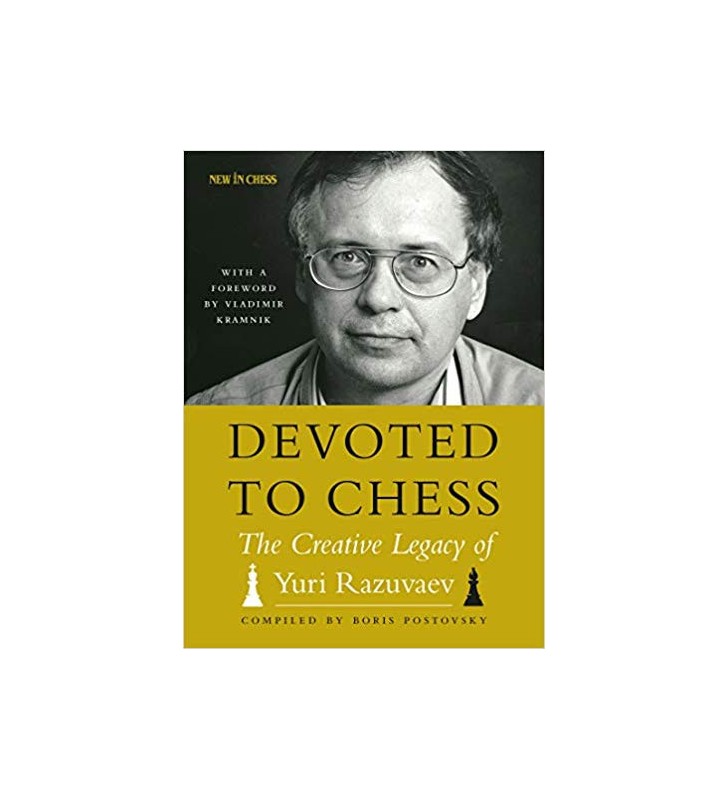Nigel Short Greatest Hits Vol. 2 DVD
Système requis:
Pentium 300 Mhz, 64 Mo RAM, Windows XP, Windows Vista, Windows 7, lecteur DVD-ROM, souris, carte son.
 Livraison sous 48 heures via Bpost*
Livraison sous 48 heures via Bpost*
Gratis levering vanaf €69 (België, Frankrijk, Nederland, Luxemburg, Duitsland)
 U kunt uw bestelling annuleren
U kunt uw bestelling annuleren
Veertien dagen lang!
 Beveiligde betalingen
Beveiligde betalingen
Alle betaalkaarten geaccepteerd.
Specifieke referenties
Système requis:
Pentium 300 Mhz, 64 Mo RAM, Windows XP, Windows Vista, Windows 7, lecteur DVD-ROM, souris, carte son.
Processeur Pentium à 300Mhz ou +
64MB RAM
Windows XP, Windows VISTA, Windows 7
Lecteur de DVD, souris, carte son
Système requis:
Pentium 300 Mhz, 64 Mo RAM, Windows XP, Windows Vista, Windows 7, lecteur DVD-ROM, souris, carte son.
Système requis:
Pentium 300 Mhz, 64 Mo RAM, Windows XP, Windows Vista, Windows 7, lecteur DVD-ROM, souris, carte son.
Le voilà donc, ce deuxième tome tant attendu - et juste à temps pour Noël. On y (re)découvre les carrières et les parties de Max Euxe, Mikhail Botvinnik, Vassily Smyslov et Mikhail Tal, avec des exposés plus brefs sur quelques-uns de leurs principaux challengers (Keres, Bronstein, Geller). Comme on pouvait l'espérer, on retrouve ici un Kasparov plus impliqué, tant dans l'historique (puisqu'il s'agit de joueurs qu'il a pu connaître, et pour certains affronter) que dans les analyses. Inutile d'en dire beaucoup plus : c'est de la belle ouvrage, en dépit des quelques défauts inhérents à la formule (parties souvent très connues et parti-pris simplificateur sur le plan historique - 100 pages sur Euwe, mais rien sur Reshevsky, Fine, Boleslavsky ou Najdorf...). On attend en tous cas avec impatience le troisième tome - mais patience, aucune date n'est encore annoncée.
Although known for a long time, the London started to catch up in popularity just in the last decade or so. I guess the reason for this is probably the desire of many players to focus more on the practical side of chess, with less use of engines and less memorization of long theoretical lines, and more about positional understanding of game. I must say, it received a huge boost not only in the number of games but also in a deeper understanding of the positions arising from the opening. In the past it was used from time to time, but only a few players employed it on a regular basis, such as grandmasters from former Yugoslavia, Milorad Knezevic and Vlado Kovacevic, and the English GM Tony Miles, who used it often.
Today, Kamsky is one of the players who uses it very often, and of course Magnus Carlsen, but we have many other grandmasters and non-grandmasters who now have it in their repertoire on a regular basis. I must say that it’s also important to emphasize the move orders of the line, and due to that we have an immense number of transpositions, which you don’t find so much in other openings.
My experience with the London is good and bad: after I lost a game to grandmaster Volkov in the Rilton Cup, I decided that such positions are not exactly my cup of tea, but in 2019 I picked it up again in one game in a World Senior tournament and produced a very good game. So, as in any opening, good and bad games can happen, but the London itself became a very important part of 1.d4 theory.
Milos Pavlovic, 2024.
248 PAGES Hardcover
Chess set inspired by the models in vogue during the 50's and 60's in the Eastern countries. The two-coloured pieces bring a special touch, but the set remains quite classical with the ultra sober design of the pieces. The set of pieces is made of acacia wood and boxwood, they are all well weighted for an excellent grip and benefit from a felt underneath for a perfect glide and a comfort of use when moving the pieces. The king measures 9.5 cm and the rook 5.5 cm, the ideal sizes for the chess board we have used it on. The board is made of Padouk wood, it measures 53 cm and each square is 5.5 cm.
Soepel vinyl matje, groen of bruin en plastieke schaakstukken ( n°5) met lood verzwaard.



